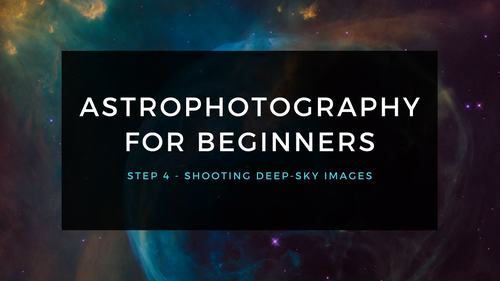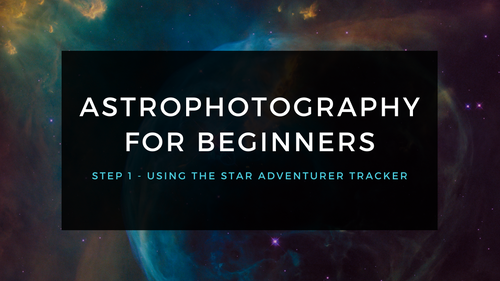Optolong Hydrogen-Alpha 7nm Narrowband Filter 1.25" Mounted (OPT-H-ALPHA-7NM-125)
11301












Optolong Hydrogen-Alpha 7nm Narrowband Filter 1.25" Mounted (OPT-H-ALPHA-7NM-125)
11301
Why Purchase from All-Star Telescope?
Free Expert Support
Whether you are a first timer needing help with setting up or an enthusiast that can't quite make that one thing work, our expert staff are ready to support your needs. With decades of knowledge and first hand experience we've been there and we can help you through it!
Stress Free, Secure Transactions
You can trust purchasing and delivery with All-Star Telescope. All of our transactions are 100% secure and Level 1 PCI DSS compliant thanks to Shopify's ShopPay platform. For additional protection, we insure 100% of the value of every shipment we make. If it get's lost during shipment, we replace it. If it gets damaged during shipment, we replace it. We make sure your product arrives exactly as you would expect it to; we promise.
We also ensure privacy protection. We never keep any of your credit card information on file and any of your personal data is stored according to our policies.
30 Day Return Policy
Buy with confidence knowing that we accept returns up to 30 days after purchase. We want you to have something you will actually use and we are confident that we keep good quality products in our store with No Junk.
Price Match Promise
Shipping around for the best price is tough, we make it easier by offering the best pricing in the market. But if you find a better price on an in-store item somewhere else we will match it!
Product Description
Optolong improved version of Hydrogen-Alpha 7nm filter is the popular narrowband filter allowing 7nm bandwidth of light centered on a wavelength of 656nm through, and reducing the transmission of certain wavelengths of light, specifically those produced by artificial light including mercury vapour, and both high and low pressure sodium vapour lights and the unwanted natural light caused by neutral oxygen emission in our atmosphere (i.e. skyglow). Better choice of narrowband H-alpha astrophotography filter for highest contrast and revealing subtle nebula details.
Suitable for viewing on faint emission nebula of Hydrogen-Alpha line in full moonlight or in severe light pollution.
Hubble look of images can be made by the combination of H-alpha, OIII-CCD and SII-CCD, such as the famous “Pillars of Creation” (M16 Eagle Nebula).
Narrowband imaging with SHO set (H-alpha, OIII-CCD and SII-CCD) can be done with the moon up in heavy light pollution, so your equipment is not sitting dormant for several weeks.
H-alpha filter is the first narrowband addition to LRGB set for most imagers who blend a black-and-white Ha image into RGB data to enhance structural detail while maintaining natural look.
Narrowband filter do not eliminate the effects of light pollution or increase the object’s brightness. In many cases, they increase the contrast between nebula and night sky, not brightening the nebula.
Coating Technology
- Multi-layers anti-reflection coating
- Non-cementing optical substrate coating
- Optolong filter adopts precision coating based on Ion-assisted deposition coating technology for durability and resistance to scratching, as well as stability on CWL(central wavelength) no deviation affected by temperature change.
- Planetary rotation system offers precision and homogeneity of coatings ensuring high value on transmission of pass-band and Optical density of off-band.
What's in the Box
- Outer Box: Silver Cardboard Box
- Plastic Box: PP Material
- Lining: Imported High pressure white EVA Material; High density sponge carton lining
Additional Articles, Videos, and Links

Astrophotography for Beginners Step 4: Shooting Deep-Sky Images
Taking deep sky pictures can be daunting, luckily there is an easy process to follow to allow you to get great shots! Here is the typical process for actually taking deep-sky images in the field.

Astrophotography for Beginners Step 3: Choosing Gear for Deep-Sky Imaging
Using a star tracker gains you experience with the fundamentals of deep-sky imaging. Shooting the Moon gains you experience focusing and framing through your telescope. Through your sessions you’ll...

Astrophotography for Beginners - Start Here: Getting into Astrophotography Step by Step
Shooting the night sky has never been more popular, nor easier. The choice of equipment has also never been better, or more affordable. However, as per the advice given by Dickinson and Dyer in the...

Astrophotography for Beginners Step 1: Using the Star Adventurer Tracker
By far the most economical and easiest way to capture beautiful images of the Milky Way and large deep-sky objects like the Andromeda Galaxy (shown here) is to use a star tracker. Here are steps an...

Astrophotography for Beginners Step 2: How to Shoot the Moon
Close-ups of the Moon are rewarding, and an easy way to learn to shoot through your telescope. While good results are possible with a phone camera clamped to an eyepiece (as shown below), this tuto...

